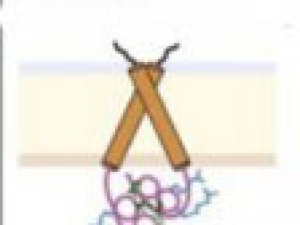

Research Expertise and Interest
structural and functional studies of signal transduction, DNA replication, cancer therapies, phosphorylation
Research Description
Cellular Signal Transduction: Animal cells make decisions regarding growth, differentiation and death by utilizing signal transduction systems that ultimately control the transcription of DNA and the production of protein molecules. This control circuitry relies on cascades of chemical events that are initiated by the activation of cell surface receptors. Our laboratory is pursuing structural and functional investigations involving several components of these signal transduction cascades, particularly those that use phosphorylation as a molecular switch. Many of the proteins we study are important targets for the development of cancer therapeutics, and we explore how structural information can help in this endeavor.
Chromosomal Replication: DNA polymerases that are involved in chromosomal replication polymerize thousands of nucleotides without dissociating from the template. This remarkable property of high processivity is achieved by the attachment of the catalytic machinery to a circular "sliding clamp" that allows the polymerase to move rapidly along DNA while remaining topologically bound to it (above: crystal structure of PCNA, the human DNA clamp). A major effort in the laboratory is aimed at obtaining a complete structural understanding of how processive DNA replication is carried out.
In the News
National Academy of Medicine elects three faculty members to its ranks
New Details on the Molecular Machinery of Cancer
Researchers with Lawrence Berkeley National Laboratory (Berkeley Lab) and the University of California (UC) Berkeley have provided important new details into the activation of the epidermal growth factor receptor (EGFR), a cell surface protein that has been strongly linked to a large number of cancers and is a major target of cancer therapies.


